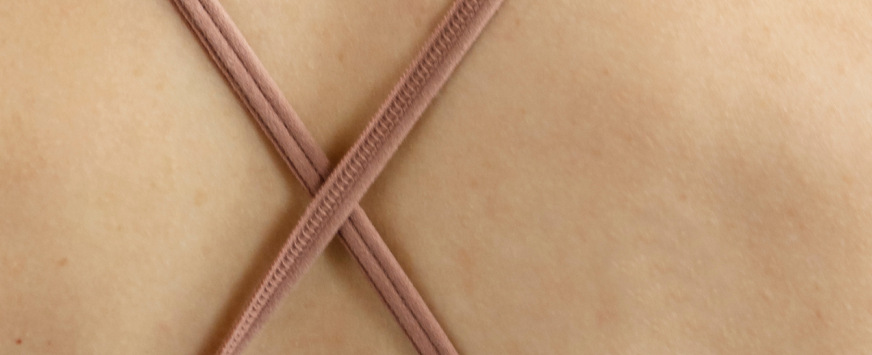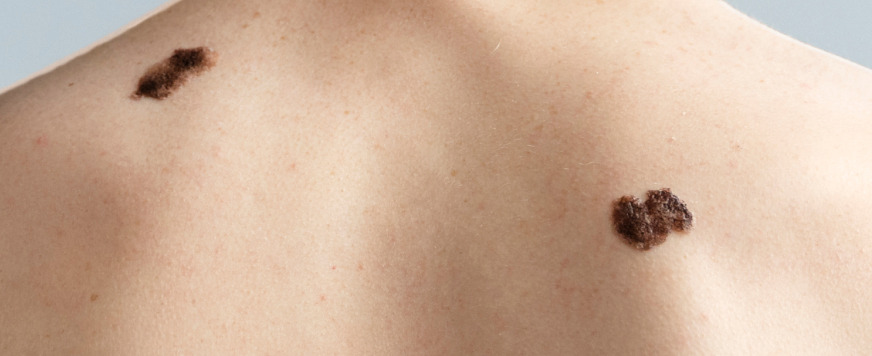Common indicators include:
- A sore or lesion that does not heal;
- Irregularly shaped or colored patches on the skin;
- Redness or inflammation around a skin lesion;
- Itching, pain, or tenderness in a particular area;
- Changes in the texture or thickness of the skin.




